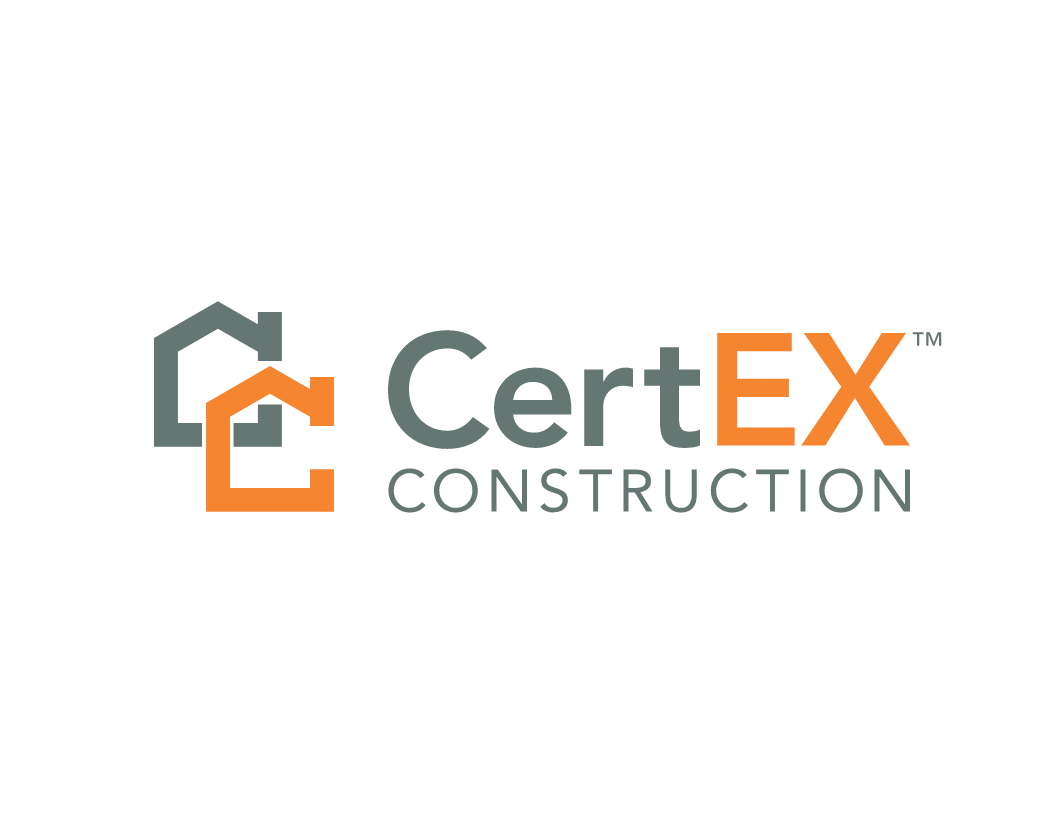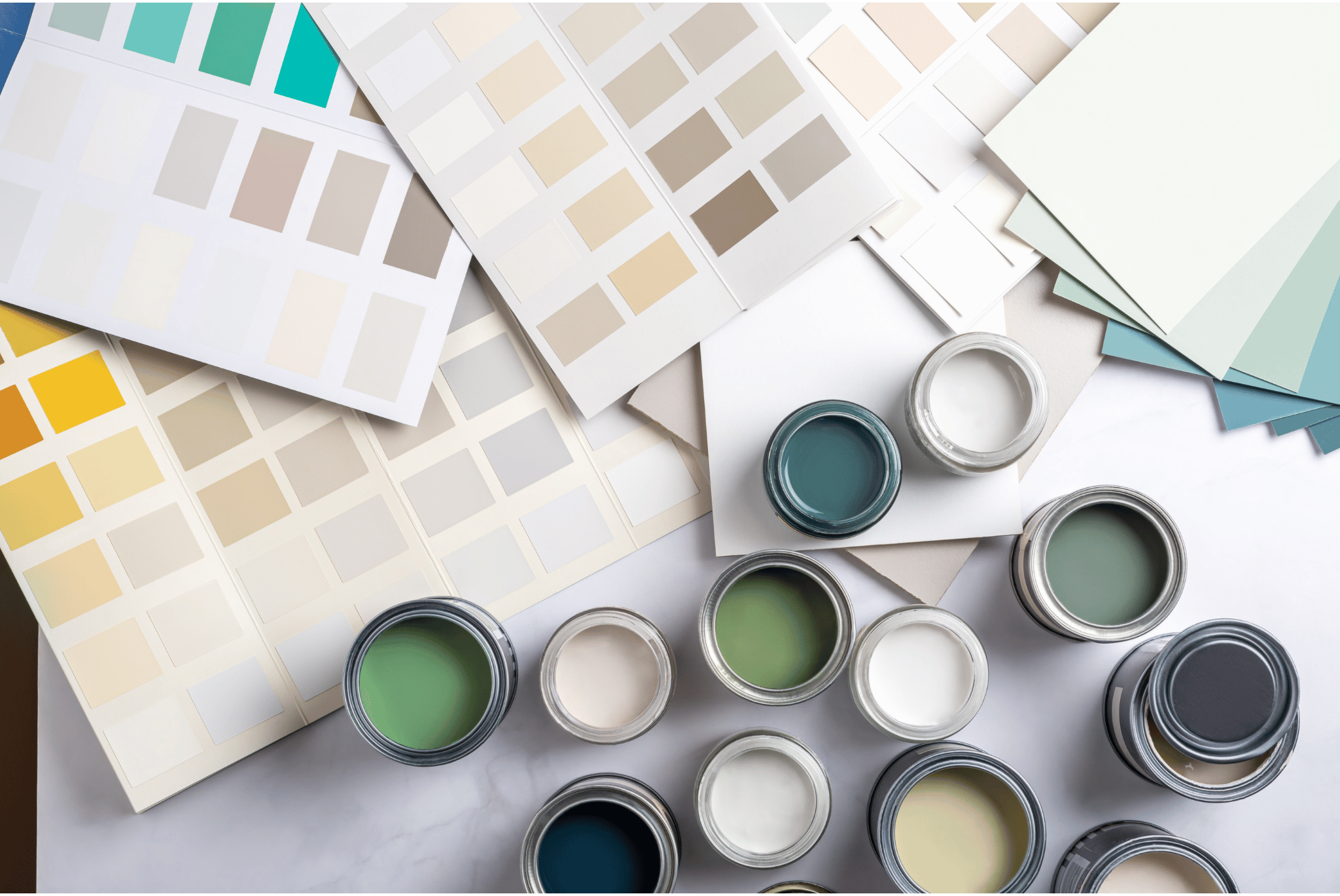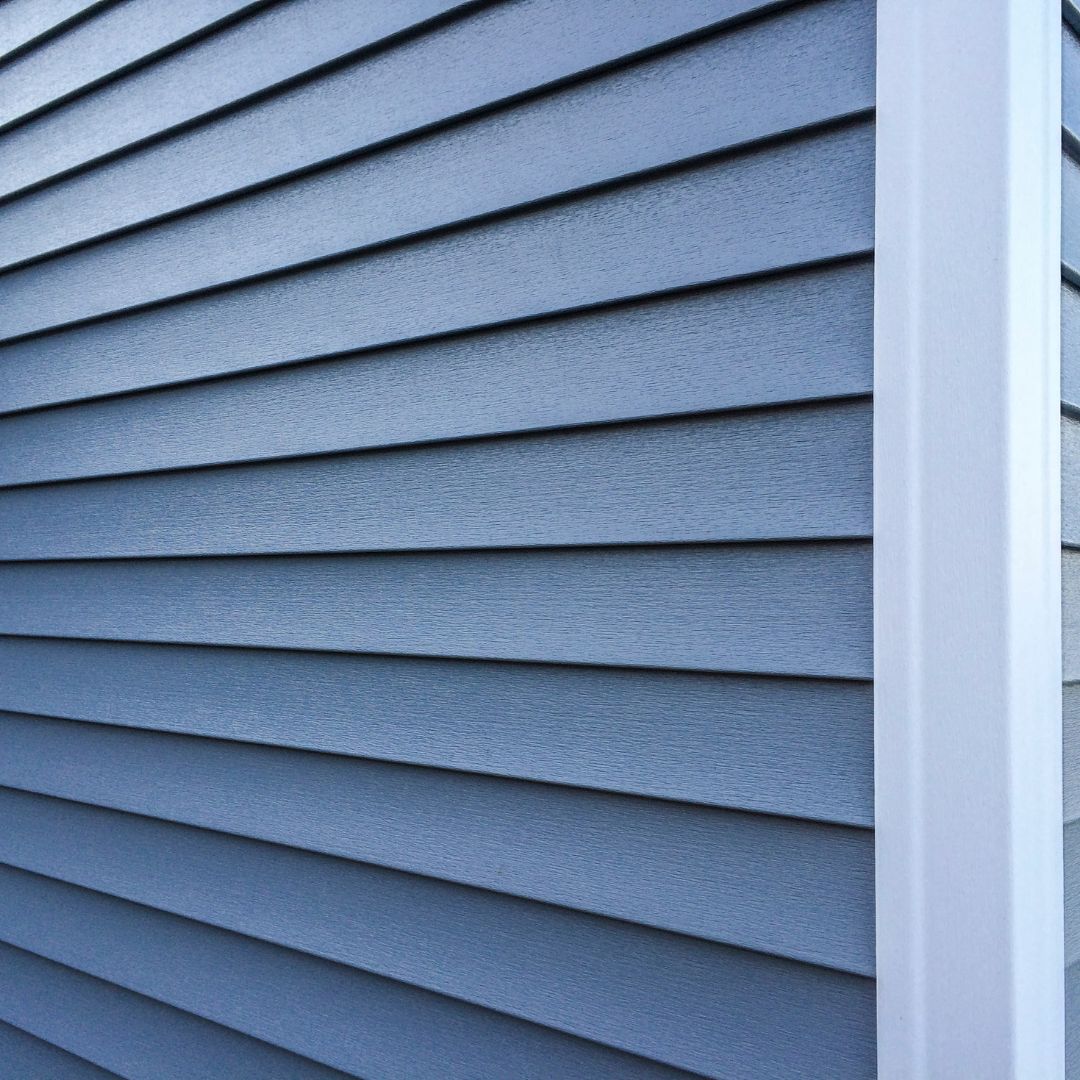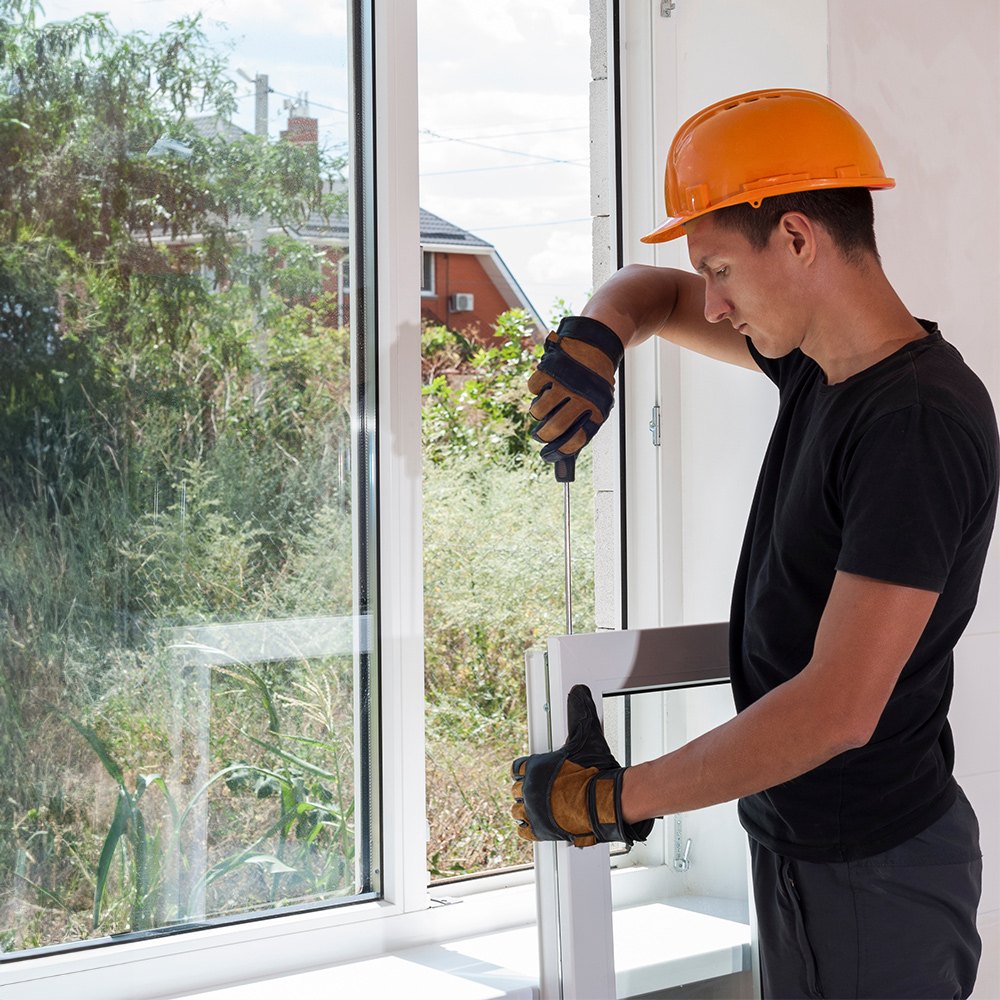Siding, aside from providing aesthetic appeal, provides an extra layer of protection for your home from mold, rot, and other damage. When siding gets damaged, your home’s exterior becomes vulnerable to moisture penetration and pest invasion. If your siding needs replacing, CertEX construction recommends James Hardie siding because of its many benefits. Let’s take a look at some of the perks of getting James Hardie siding.
What is James Hardie Siding?
James Hardie is one of the top names in the siding industry because of their durable and long-lasting siding options. With over 5.5 million homeowners having chosen James Hardie siding, you have to wonder what makes it so amazing. This is mainly due to the composite material they use in their products. James Hardie Plank Siding provides the look and feel of wood siding but with the low maintenance and durability of fiber cement.
Benefits of James Hardie Siding
Customizable
James Hardie siding boasts over 23 standard colors, various trim options, and siding materials. Homeowners can completely customize their home’s look without compromising quality.
Durable
We know that siding isn’t one size fits all. Different climates call for different materials and protocols. As contractors serving San Diego County, we take special care to recommend the right siding for your home based on your environmental risks and climate. Vinyl siding melts, and wood siding burns when exposed to extreme temperatures or fire. James Hardie siding, on the other hand, is noncombustible and a fire-rated construction material.
Cost-Effective
Although James Hardie siding is usually more expensive upfront than other options like wood or vinyl, the other perks make up for the initial cost. Wood siding usually needs to be replaced every eight to ten years, and vinyl siding for nearly 30 years, while Hardie siding is expected to last a lifetime.
Long-Lasting
The main draw of James Hardie siding is the simple fact that once you install it, you never have to worry about siding again. However, this is contingent on the quality of the installation. CertEX contractors are expert James Hardie installers with the skills and know-how to install your siding in alliance with James Hardie’s guide to best installation practices.
Low Maintenance
Hardie siding was specifically designed to be impenetrable for pests like woodpeckers and termites. With no risk of damage from animals, all you have to worry about is how dirty it gets, right? Wrong! Hardie plank siding only needs to be cleaned about once a year to keep it looking brand new. A simple yearly powerwash is the only maintenance your exterior needs.
If you are considering installing or replacing your home’s siding, consider us as your home contractors. With extensive knowledge and experience, we ensure the highest quality work.




